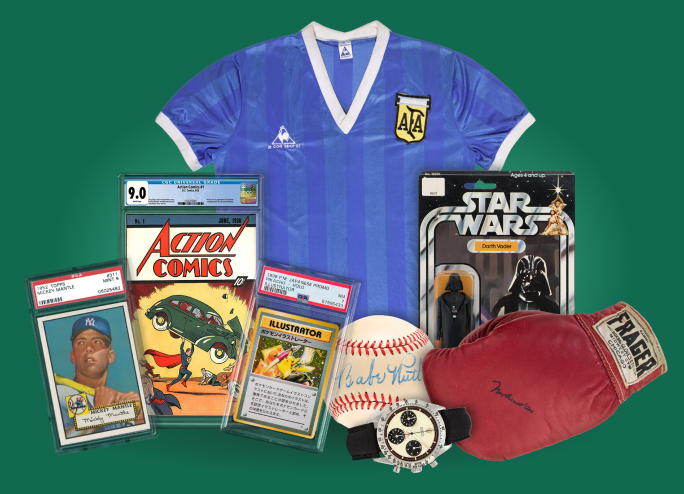
In Collectors MD
collectorsmd
Nov 6
Daily Reflection: The Illusion Of Innocence
Published November 05, 2025 | By Alyx E, Founder of Collectors MD
Fanatics and Topps dropped a “feel-good” spot on social media yesterday—a grandma tracking down a full set of 1/1 name-plate patches to spell A L O N S O for her young grandson’s birthday, honoring his favorite player, Pete Alonso. Sweet music, warm lighting, a hug at the end—even a surprise cameo from the Polar Bear himself. But here’s the problem: it sells an unrealistic fairy tale while normalizing a self-serving, predatory machine. Completing a 1/1 name-plate run is not just unlikely—it’s practically impossible for most collectors, and the ad knows it. The narrative suggests that if you just try hard enough—or spend enough—the hobby will magically deliver. That isn’t inspiration—it’s manipulative expectation-shaping.
This is how weaponized nostalgia works. You wrap gambling-adjacent mechanics in a wholesome story—grandma, a kid, a hometown hero—and you imply this is what collecting “is all about”. It’s the same playbook fast-food and sugary cereal brands ran for decades: put a fun wrapper around something harmful and sell it as a “healthy” part of a balanced diet. When a company’s revenue is driven by chase structures and compulsion cycles, sentimental marketing doesn’t balance the ledger—it hides it.
A glossy ad dressed as a love letter to the hobby—grandma, grandson, hero, heartstrings. But beneath the sentiment sits the same sales engine: chase cards, odds, and compulsion—wrapped in nostalgia to make it all feel innocent.
What makes this so disorienting is the emotional bait-and-switch. The commercial leans on values we actually believe in—family, memory, connection—then quietly ties them to outcomes engineered by casino-style incentives: 1/1’s, SSPs, repacks, break culture, loyalty “rewards”. It tells kids, parents, and grandparents: this is how you love someone—keep buying and ripping until the story comes true. That’s not collecting—it’s behavioral conditioning.
If the industry wants to promote intentional collecting to young and impressionable kids, it has to start with honesty. Say the quiet part out loud: most products are built on odds, not guarantees; most “chase” boxes won’t hit; most “journeys” cost more than the montage suggests. Transparency isn’t anti-hobby—it’s pro-human. It’s time for real guardrails that reflect the reality of a flawed ecosystem: spending limits, self-exclusion, clear odds, age protections, disclosures on how incentives drive behavior. Otherwise, it’s the moral equivalent of a bank robber hosting “financial literacy night”—profiting from the harm, then deliberately preaching “ethics and responsibility” as part of a redemption arc.
So what do we do as collectors? Slow down. Name the tactic when you see it. Choose moments over jackpots. Buy singles that mean something to you, your circle, and your story. If you’re a parent or grandparent, model the process, not the pull—the connection, not the compulsion. And if you feel the urge rising, step back, breathe, and ask “why”. Intentional collecting doesn’t end the fun—it protects it.
The ad did get one thing right: it is about the journey. But the journey isn’t measured in highly sought-after 1/1’s—it’s measured in awareness, boundaries, and belonging. We don’t need a miracle montage to make the hobby meaningful. We need honesty—and each other.
#CollectorsMD
Nostalgia should heal our memories—not be used to hijack our behavior.
—
Follow us on Instagram: @collectorsmd
Subscribe to our Newsletter & Support Group
Join The Conversation On Mantel
Read More Daily Reflections

